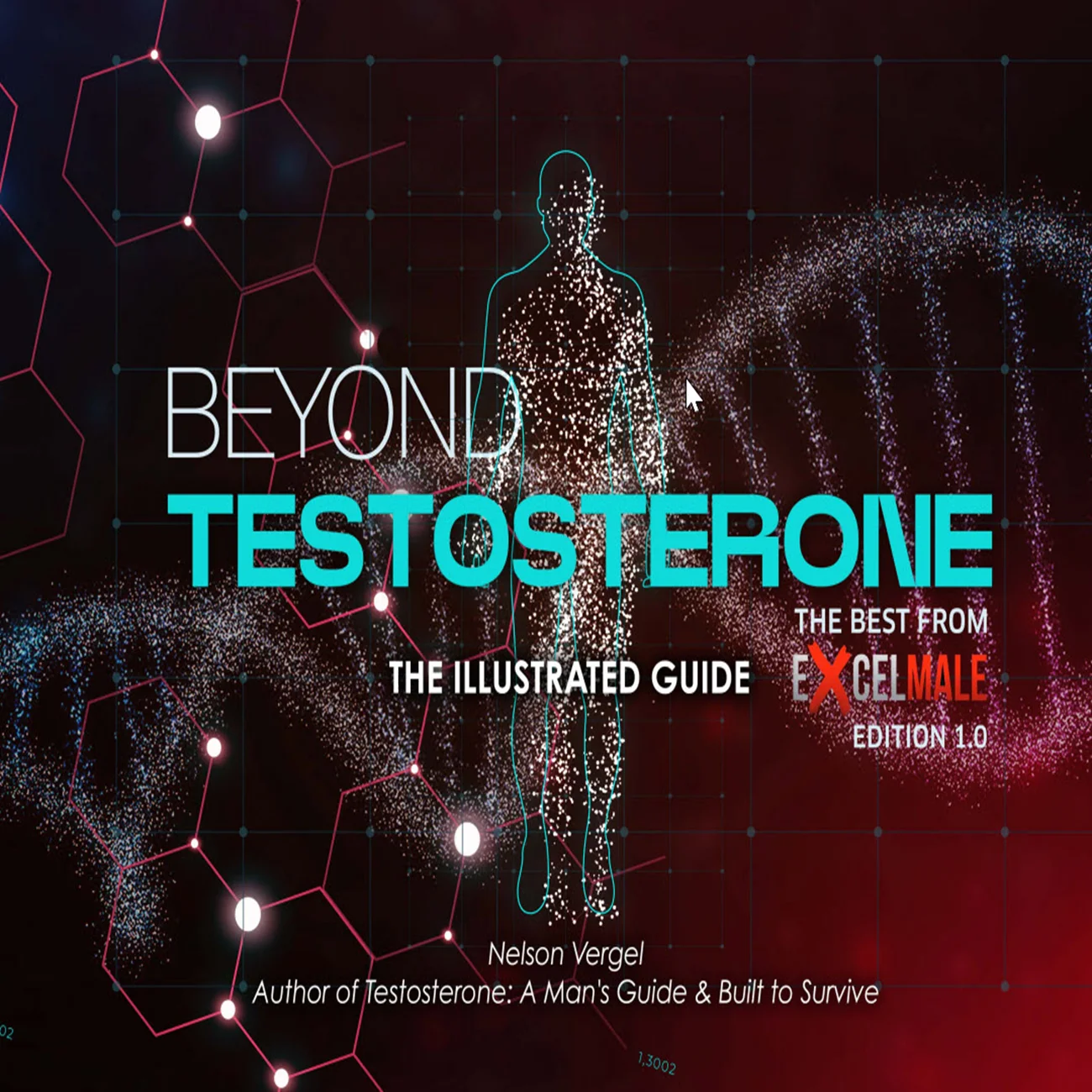Comparison of Outcomes for Hypogonadal Men Treated with Intramuscular Testosterone Cypionate Versus Subcutaneous Testosterone Enanthate (2020)
Introduction
Intramuscular testosterone cypionate (IM-TC) is the conventional treatment option for hypogonadal men with baseline serum total testosterone (TT) less than 300 ng/dL; however, significant peaks in testosterone cause adverse effects including polycythemia and a rise in estradiol (E2). Subcutaneous testosterone enanthate-autoinjectors (SCTE-AI) were designed with a lower testosterone peak-to-trough ratio of 1.8.
Objective
This dual-institutional study compared the TT, hematocrit (HCT), E2, and prostate-specific antigen (PSA) response to treatment with IM-TC versus SCTE-AI.
Methods
263 hypogonadal men were treated with testosterone replacement therapy (TRT) via IM-TC or SCTE-AI. TT, HCT, E2, and PSA levels were obtained at baseline and 6- to 12-weeks post-treatment. Significant differences in baseline and post-treatment levels were identified by univariate analysis. Linear regression models determined whether treatment modality was independently associated with post-TRT levels of TT, HCT, E2, and PSA.
Results
Patients treated with SCTE-AI were significantly younger and had lower baseline TT levels, and lower baseline E2 levels (Table 1). Post-TRT, the SCTE-AI cohort had significantly lower HCT and E2, while TT and PSA levels were not significantly different between the treatment arms. After adjusting for significant differences with linear regression, SCTE-AI was associated with a 14% greater increase in trough TT levels compared to IM-TC (p=0.027). Furthermore, SCTE-AI was independently associated with 41% and 26.5% lower post-therapy HCT (p<0.001) and E2 (p<0.001) levels, respectively, when compared to IM-TC. Neither TRT modality was associated with post-therapy elevation of PSA (p=0.691).
Conclusions
While IM-TC and SCTE-AI provide a significant increase in testosterone, SCTE-AI is associated with lower levels of post-therapy HCT and E2 compared to IM-TC after adjusting for significant covariates. SCTE-AI is an effective testosterone delivery system with a preferable safety profile over IM-TC.


 www.excelmale.com
www.excelmale.com
Table 1. Clinical demographics and treatment outcomes of intramuscular testosterone cypionate (IM-TC) compared to subcutaneous testosterone enanthate-autoinjector (SCTE-AI).
TT: Total Testosterone; HCT: Hematocrit; E2: Estradiol; PSA: prostate-specific antigen
Introduction
Intramuscular testosterone cypionate (IM-TC) is the conventional treatment option for hypogonadal men with baseline serum total testosterone (TT) less than 300 ng/dL; however, significant peaks in testosterone cause adverse effects including polycythemia and a rise in estradiol (E2). Subcutaneous testosterone enanthate-autoinjectors (SCTE-AI) were designed with a lower testosterone peak-to-trough ratio of 1.8.
Objective
This dual-institutional study compared the TT, hematocrit (HCT), E2, and prostate-specific antigen (PSA) response to treatment with IM-TC versus SCTE-AI.
Methods
263 hypogonadal men were treated with testosterone replacement therapy (TRT) via IM-TC or SCTE-AI. TT, HCT, E2, and PSA levels were obtained at baseline and 6- to 12-weeks post-treatment. Significant differences in baseline and post-treatment levels were identified by univariate analysis. Linear regression models determined whether treatment modality was independently associated with post-TRT levels of TT, HCT, E2, and PSA.
Results
Patients treated with SCTE-AI were significantly younger and had lower baseline TT levels, and lower baseline E2 levels (Table 1). Post-TRT, the SCTE-AI cohort had significantly lower HCT and E2, while TT and PSA levels were not significantly different between the treatment arms. After adjusting for significant differences with linear regression, SCTE-AI was associated with a 14% greater increase in trough TT levels compared to IM-TC (p=0.027). Furthermore, SCTE-AI was independently associated with 41% and 26.5% lower post-therapy HCT (p<0.001) and E2 (p<0.001) levels, respectively, when compared to IM-TC. Neither TRT modality was associated with post-therapy elevation of PSA (p=0.691).
Conclusions
While IM-TC and SCTE-AI provide a significant increase in testosterone, SCTE-AI is associated with lower levels of post-therapy HCT and E2 compared to IM-TC after adjusting for significant covariates. SCTE-AI is an effective testosterone delivery system with a preferable safety profile over IM-TC.
How to Inject Testosterone Intramuscularly, Shallow IM or Subcutaneously ? - Excel Male Health Forum
Click here to watch videos on how to inject testosterone intramuscularly or subcutaneously More information on subcutaneous testosterone injections: https://www.discountedlabs.com/blog/intramuscular-vs-subcutaneous-testosterone-injections-are-they-both-effective Subcutaneous Testosterone...
Table 1. Clinical demographics and treatment outcomes of intramuscular testosterone cypionate (IM-TC) compared to subcutaneous testosterone enanthate-autoinjector (SCTE-AI).
IM-TC | SCTE-AI | |||||
n=188 | n=114 | |||||
mean (SD) | mean (SD) | p-value | ||||
Age | 54.4 (13.4) | 49.7 (10.5) | 0.001 | |||
Pre-Therapy | ||||||
TT | 313.6 (263) | 249.6 (113) | 0.006 | |||
HCT | 45.2 (4.2) | 44.8 (3.4) | 0.453 | |||
E2 | 30.4 (15.5) | 25.3 (9.2) | 0.004 | |||
PSA | 1.4 (1.8) | 1.1 (0.8) | 0.072 | |||
Post-Therapy | ||||||
TT | 536.4 (295) | 552.5 (207) | 0.629 | |||
HCT | 48.4 (4.4) | 46.3 (3.8) | <0.001 | |||
E2 | 46.6 (25.9) | 33.0 (15.4) | <0.001 | |||
PSA | 1.3 (1.3) | 1.2 (0.9) | 0.565 | |||













